
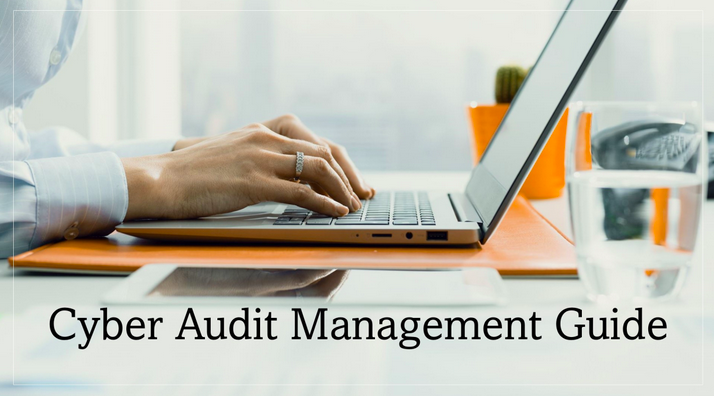
Cybersecurity is paramount for businesses of all sizes and industries. Managing audits and compliance from a cybersecurity perspective involves various activities to ensure an organization adheres to necessary regulations and standards. This guide delves into the essential steps and activities involved in managing cybersecurity audits and compliance.
Forming an Audit Team
The first step in managing audits is to form a dedicated audit team. This team typically consists of cybersecurity experts, IT professionals, and compliance officers. The team oversees the entire audit process, ensuring that all aspects of the organization’s cybersecurity framework are thoroughly examined.
Identifying an Audit Manager
An audit manager is crucial for coordinating the audit activities. This person should have extensive experience in cybersecurity and compliance. They manage the audit team, assign tasks, and serve as the primary point of contact for internal and external stakeholders.
Identifying Necessary Regulations, Standards, and Frameworks
Different industries have unique regulations and standards to adhere to. Identifying the relevant regulations and frameworks is essential for a successful audit. For example:
- Finance: RBI, NBFC, IRDAI, SEBI, PCI-DSS (Payment Card Industry Data Security Standard), SOX (Sarbanes-Oxley Act)
- IT/ITES and Others: ISO 27001:2022, SOC2, NIST
- Healthcare: HIPAA (Health Insurance Portability and Accountability Act)
Creating a Unified List of Controls
Once the applicable standards are identified, the next step is to create a unified list of controls. This list consolidates all the requirements from various standards into a comprehensive set of controls that the organization must implement and monitor.
Preparing the Audit Calendar
An audit calendar outlines the schedule for all audit-related activities. It includes dates for internal audits, external audits, and review sessions. The calendar ensures that all activities are conducted in a timely manner and provides a roadmap for the audit team.
Preparing Evidence Lists
Evidence lists are crucial for demonstrating compliance with various controls. These lists include documentation, logs, configurations, and other proof that the organization adheres to required standards. Preparing these lists in advance ensures that all necessary evidence is readily available during the audit.
Engaging with Internal and External Stakeholders
Effective communication with stakeholders is vital. Internal stakeholders might include:
- IT Department: Provides technical evidence and support.
- HR Department: Ensures employee training and compliance with policies.
- Legal Team: Ensures compliance with legal and regulatory requirements.
External stakeholders might include:
- External Auditors: Conduct the formal audit and review.
- Regulatory Bodies: Ensure adherence to industry-specific regulations.
- Vendors and Partners: Ensure third-party compliance and security.
Preparing for an Internal Audit
Internal audits are preliminary reviews conducted to identify and rectify potential issues before an external audit. The audit team reviews the controls, assesses compliance, and makes necessary adjustments. This step is crucial for ensuring a smooth external audit.
Facilitating External Audits
During an external audit, the audit team works closely with external auditors, providing all required evidence and documentation. The goal is to demonstrate compliance with all relevant standards and regulations. The audit manager plays a critical role in coordinating this process.
Tracking Audit Observations
Post-audit, any observations or findings from the auditors need to be tracked and addressed. The audit team should create an action plan to rectify any non-compliances or weaknesses identified during the audit. This step ensures continuous improvement and readiness for future audits.
Conclusion
Managing audits and compliance from a cybersecurity perspective is a comprehensive process involving meticulous planning, coordination, and execution. By following these steps and engaging with relevant stakeholders, organizations can ensure they meet all necessary cybersecurity standards and regulations, thereby protecting their data and maintaining trust with their customers and partners.
By focusing on these activities, organizations can build a robust cybersecurity audit framework that not only meets compliance requirements but also enhances their overall security posture.

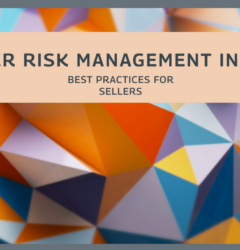



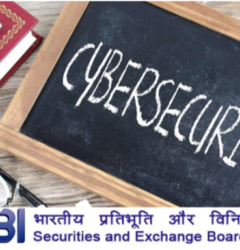
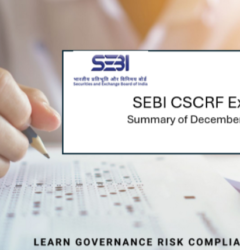

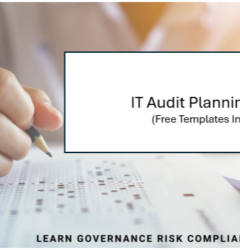






Recent Comments